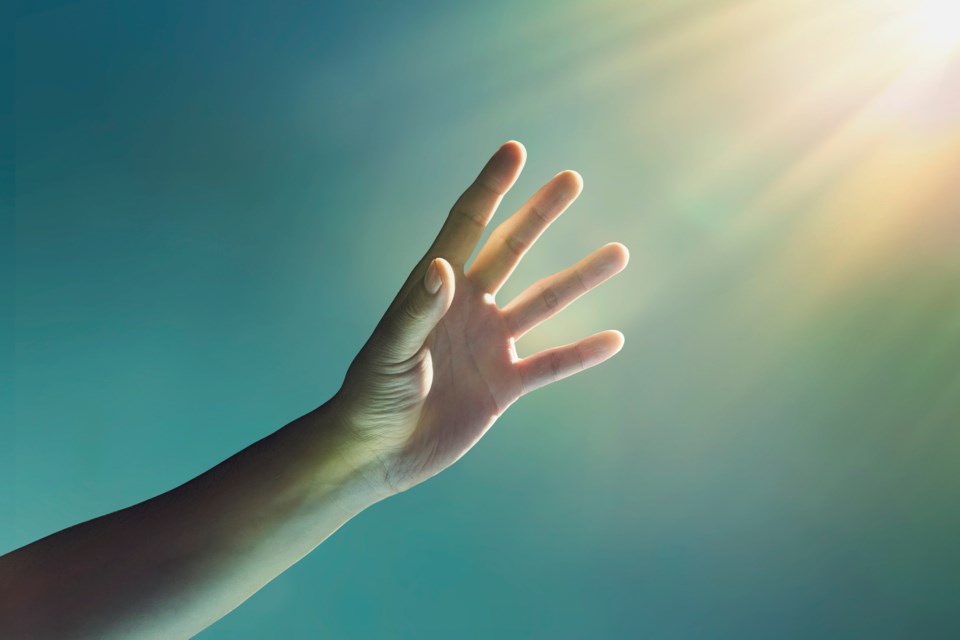As The ߣÄÌÉçÇø reported, a Stats Can poll conducted every ten years shows that ߣÄÌÉçÇøturns out to be “the least religious community in B.C.”
Just like the 2011 poll that reported the same declining disinterest in traditional religion, the takeaway from the new survey continues to mislead.
Define “religious.”
While ߣÄÌÉçÇøresidents might not fill traditional places of worship, the stuff of religion in our town is abundant. You just need to know what to look for.
First, think of traditional religion with all its metaphysical talk of God, the soul, sin, the afterlife, and damnation. The rituals and symbolism, incense and hymns, priests, ministers, elders and pastors.
Now all you need to do is update traditional religion into the esoteric language and unfettered gyrations of new-age metaphysics. Walk downtown and see the posters advertising “energy healing,” “Ayahuasca ceremonies” - conducted by self-educated “priestesses,” “sound healers,” and a variety of psychic mediums offering windows into past lives.
Search those terms online, coupled with “in Squamish.” Your screen will fill up with links to even more self-professed spiritual guides, replete with dubious claims of performing medical miracles and healings. Throw in some crystals, singing bowls, and ashes, all promising the benefits of aligning your chakras.
In the past, to provide family counselling, conduct faith healings, and the odd exorcism, the local priest was only required to go to seminary. The pastor to an obscure Bible college. No necessary training in psychology, sociology, or the sciences.
Today in Squamish, you also don’t need a degree from an accredited university to think yourself a mental health professional or “healer.” All you need to do is call yourself one.
“It’s all benign stuff,” you might think. That is, until you see the price tag delivered by the self-proclaimed spiritual guides, gurus, and assorted priestesses of contemporary, religious woo-woo. The U.S. televangelist Joel Olsteen would blush with envy.
While there are fewer people identifying themselves with traditional religion, the problem is that we aren’t exactly filling the void by becoming more scientifically literate, critically minded and philosophical, with copies of Carl Sagan’s books flying off the bookstore shelves.
We are simply shifting into different modes of cryptic, religious-like ponderings and behaviour.
It’s also interesting that the Stats Can poll was conducted during the height of the COVID-19 pandemic. Just remember your social media feed for the past couple of years. Do you still think religious fervour only applies to a church? Or even new-age religion?
True, there are Christians who still believe dinosaurs existed alongside humans. Demons and angels hover unnoticed. Yet some who consider themselves “secular” still think thousands of scientists all over the world conspired to have vaccines with microchips in them, all at the behest of Bill Gates.
Some of their ill-informed imaginings were much more violent — albeit all instances of the religious-like zeal exhibited by the cult of the “Plandemic.”
The results of the Stats Can poll shouldn’t leave us smug about declining interest in traditional religion. Whether traditional forms, or its varied mutations of modern woo-woo and conspiracy theories, we continue to flirt with superstition and pseudo-science, arguably even more unhinged from reality.
We’d do well to remember Sagan’s warning in his classic, . Once we are “unable to distinguish between what feels good and what’s true, we slide, almost without noticing, back into superstition and darkness.”
Let’s try to do better before the next poll comes around.
Elijah Dann teaches courses in philosophy and religion at SFU.




